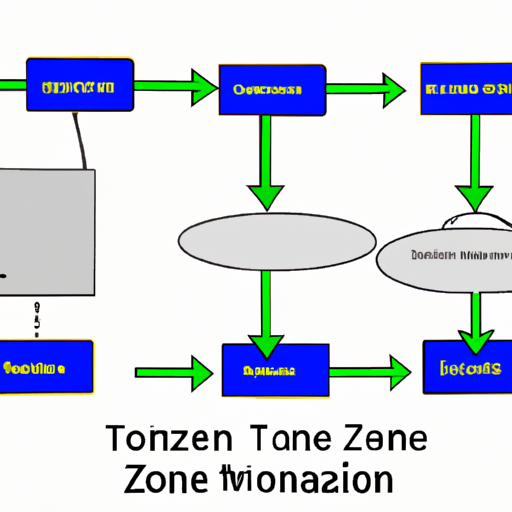How Does Zone Transfer Work: Explained in Simple Terms
Zone transfer is a fundamental process in the Domain Name System (DNS) that allows the replication of DNS data from one DNS server to another. It plays a crucial role in ensuring the availability and reliability of websites and other online services. In this article, we will explain how zone transfer works in simple terms.
Understanding DNS and Zones
Before diving into zone transfer, let’s briefly understand DNS and zones. DNS is a system that translates domain names, such as www.example.com, into IP addresses, which are used by computers to communicate over the internet. DNS servers store and manage this mapping information.
A zone, in the context of DNS, refers to a portion of the DNS namespace that is managed by a specific DNS server. Each zone contains resource records that define the mapping between domain names and IP addresses.
What is Zone Transfer?
Zone transfer, also known as AXFR (short for “Authoritative Transfer”), is the process of replicating the entire contents of a DNS zone from a primary DNS server to one or more secondary DNS servers. This replication ensures that all the DNS servers hosting a particular zone have consistent and up-to-date information.
During a zone transfer, the primary DNS server sends a copy of its zone file to the secondary DNS servers. The zone file contains all the resource records for the domain names within that zone. The secondary DNS servers then update their local copies of the zone file with the received information.
Types of Zone Transfer
There are two types of zone transfer:
1. Full Zone Transfer: In a full zone transfer, the entire zone file is transferred from the primary DNS server to the secondary DNS servers. This is typically done during the initial setup or when significant changes occur in the zone.
2. Incremental Zone Transfer: An incremental zone transfer, also known as IXFR (short for “Incremental Transfer”), transfers only the changes made to the zone since the last transfer. This method is more efficient and reduces the amount of data transferred, resulting in faster updates.
Zone Transfer Process
The zone transfer process involves the following steps:
1. Zone Transfer Request: The secondary DNS server sends a zone transfer request to the primary DNS server, indicating its intention to update its zone file.
2. Zone Transfer Authorization: The primary DNS server checks if the secondary DNS server is authorized to perform a zone transfer. This authorization is typically based on predefined access control rules.
3. Zone File Transfer: If the authorization is successful, the primary DNS server sends the zone file to the secondary DNS server. In the case of a full zone transfer, the entire zone file is sent. For an incremental zone transfer, only the changes made since the last transfer are sent.
4. Zone File Update: The secondary DNS server receives the zone file and updates its local copy accordingly. It then becomes authoritative for that zone and can respond to DNS queries for the domain names within it.
Conclusion
Zone transfer is a critical process in DNS that ensures the availability and consistency of DNS data across multiple servers. By replicating zone information from a primary DNS server to secondary DNS servers, zone transfer helps distribute the workload and provides redundancy in case of server failures. Understanding how zone transfer works is essential for anyone involved in managing DNS infrastructure.




